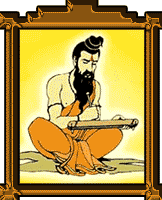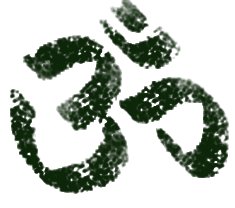PEACE AND SPIRITUALITY IN DAY TO DAY LIFE
March 17, 2012
You may not be a particularly religious person, but then again you don`t need to be religious to be spiritual. People have to work for their living and therefore very few can have the leisure to meditate on a mountain top or be spiritual in a public sense. But, to stay balanced and focused in our lives, each one of us subconsciously tends to look inwards and is by nature, a spiritual person.
If life becomes too pressing and the world is too much upon us, a walk in the woods and communion with nature can help. Simply by being with yourself and taking a walk in the unspoilt surroundings and commune if not with God, but with yourself can do wonders. I believe being close to nature is a spiritual experience.
When you really love the work you do, it doesn`t just become a physical experience but also a mental experience, and an emotional one and the enjoyment and satisfaction you get from it makes it even spiritual. Enjoying what you do, keeps you calm and in touch with your inner self. Was falling in love a spiritual experience? While it leaves you feeling hot and bothered, it also connects you with the higher self.
In simple terms, aim for being at peace with oneself and with the world in general. It ïs hard not to be grumpy or frustrated at times, especially when you hear the growing traffic below your window or the trucks banging into the boundary wall and your neighbors garbage incinerator sending bursts of smoke into your room or your office life is too monotonous and frustrating. Just think that there are places in this world worse than these. Be grateful for what you have and find peace in it. When you find peace in what you have, the world around you will reward you with better and more miraculous possibilities to get peace. Then, life can only get better every moment.






